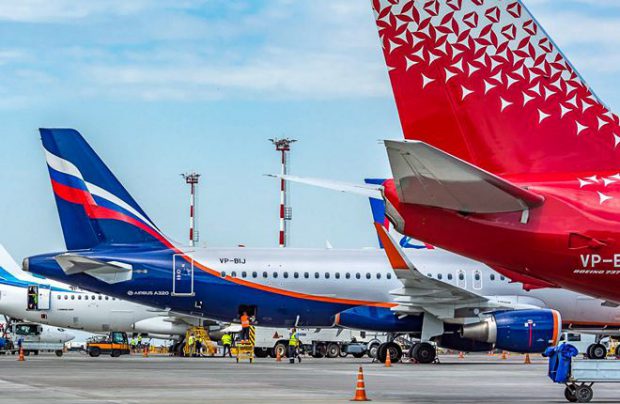Around 30 Russian airlines, representing over a quarter of the country’s domestic passenger traffic, could face bankruptcy in 2025 due to escalating financial pressures. The news, reported by Russian daily Izvestia, highlights the severe challenges small and medium-sized carriers face as they grapple with mounting debts tied to foreign aircraft leases—a situation exacerbated by ongoing international sanctions.
Since 2022, many of these airlines have suspended payments on leased aircraft, leading to a buildup of debt. Sanctions have not only restricted airlines’ access to maintenance services in countries like Bermuda, Ireland, and other parts of Europe but have also made financial transactions with lessors difficult, increasing their operational costs. In a bid to alleviate this crisis, the Russian government plans to permit debt write-offs in 2025 for airlines in distress. However, this assistance comes with a significant catch: a 25% tax on the forgiven debts. Industry insiders warn that this tax may be too heavy a burden for some airlines, pushing them toward insolvency.
Rosaviatsia, Russia’s civil aviation authority, has reported that more than 30 airlines currently provide passenger services in the country. Major airlines like Aeroflot, Ural Airlines, and S7 Airlines are in a more stable position to weather the crisis, having leveraged the National Welfare Fund to buy back many of their leased aircraft. By the first quarter of 2024, these larger airlines had repurchased 165 of the 400 previously leased aircraft, an initiative that smaller carriers cannot afford.
Compounding these financial woes are the high costs of alternative maintenance solutions. Following the sanctions, Russian airlines have been forced to rely on maintenance providers from countries such as Iran, Turkey, and China. This switch has led to significantly higher maintenance fees, with monthly payments for used Airbus A320s, for instance, ranging from $80,000 to $150,000.
Aviation experts argue that the proposed 25% tax on the unpaid lease amounts—counted as income under current tax rules—is misguided, as most of these funds are now channeled toward costly maintenance instead of profit. Without a tax adjustment, smaller airlines may struggle to survive.
In an effort to reduce reliance on foreign aircraft, Moscow has outlined an ambitious plan to supply Russian airlines with up to 1,000 domestically produced planes by 2030. Yet, industry analysts note that production delays cast doubt on this timeline, potentially prolonging the financial strain on the aviation sector. With production lagging and the tax burden looming, the future for many Russian airlines remains uncertain as 2025 approaches.

